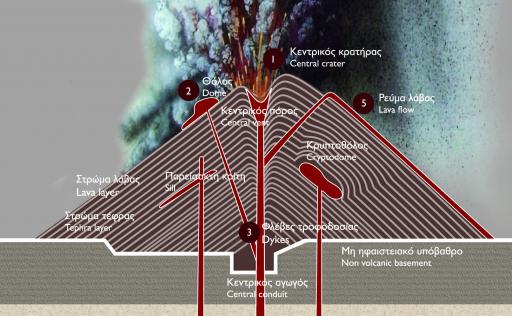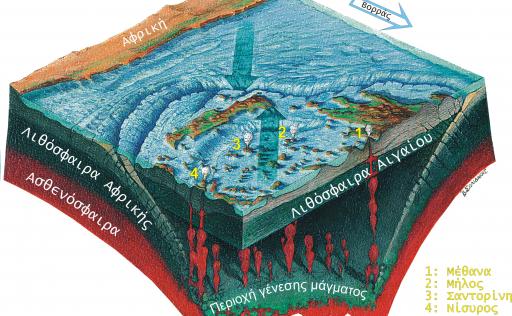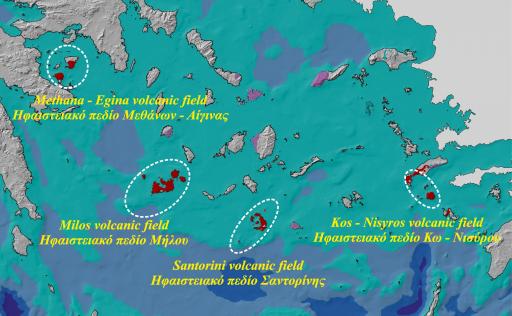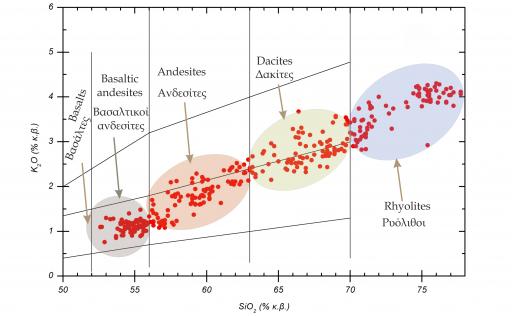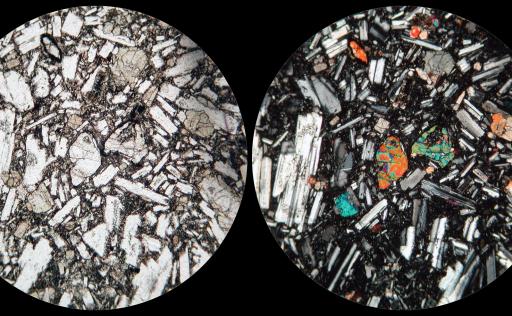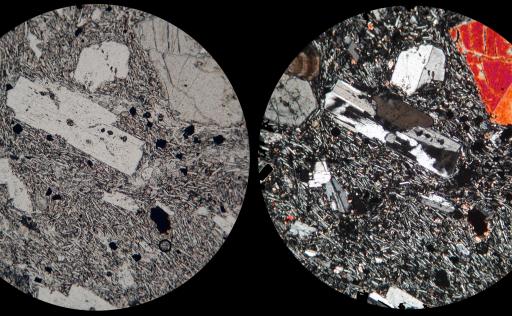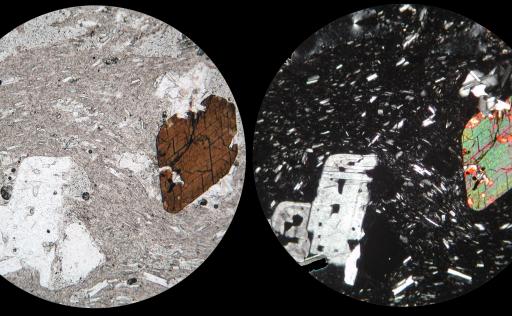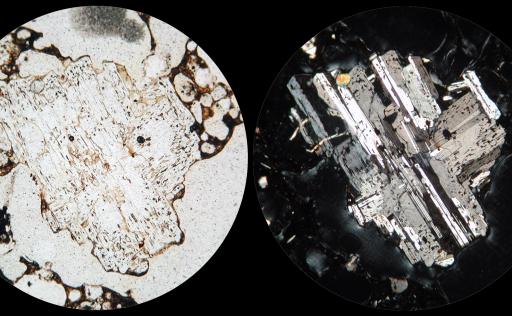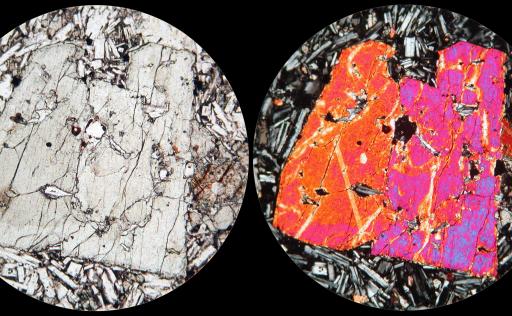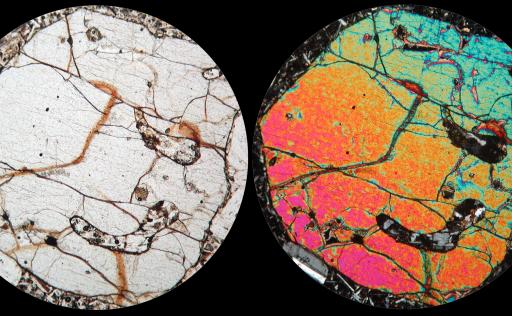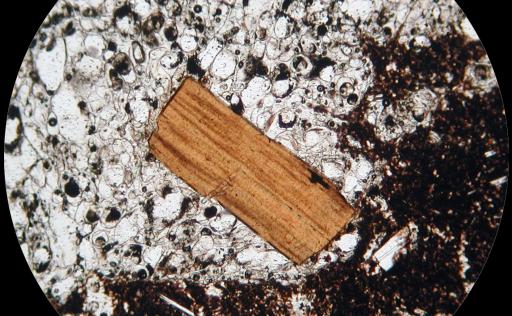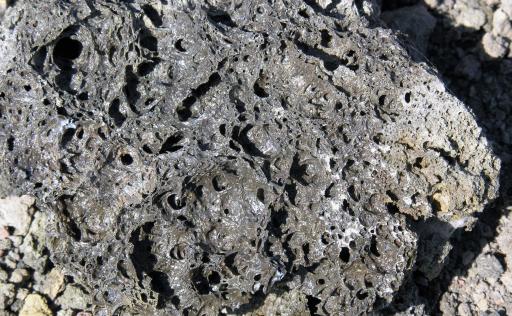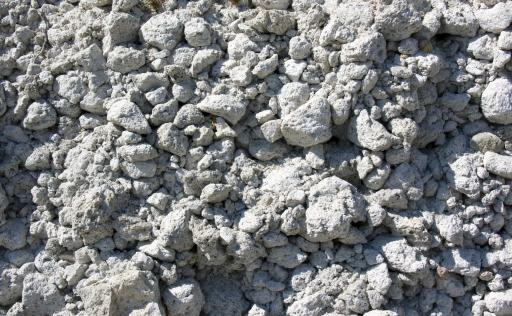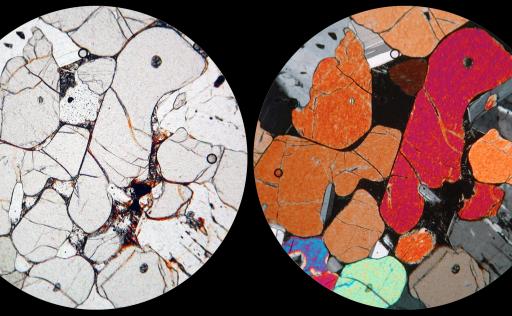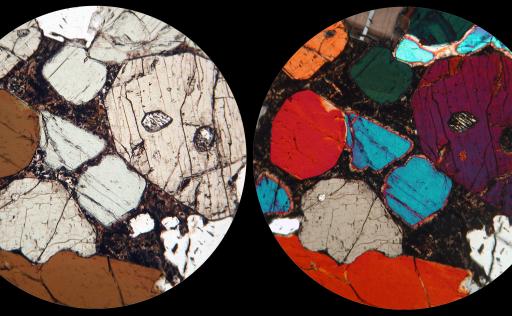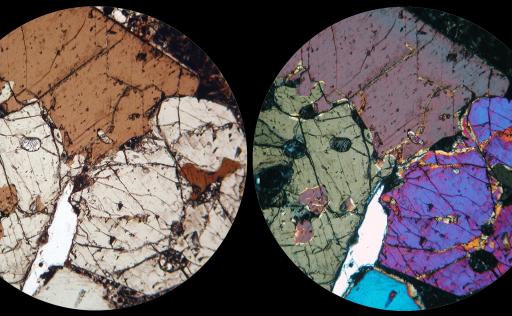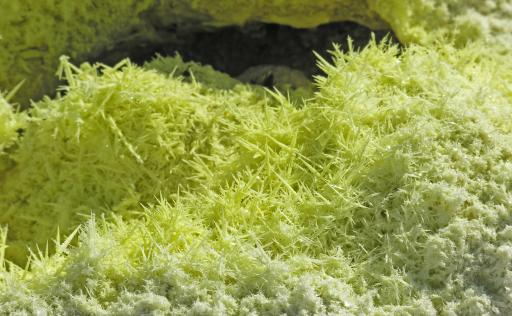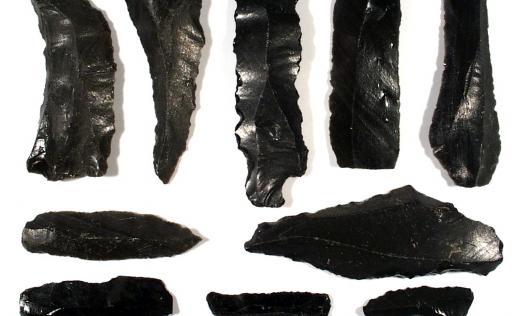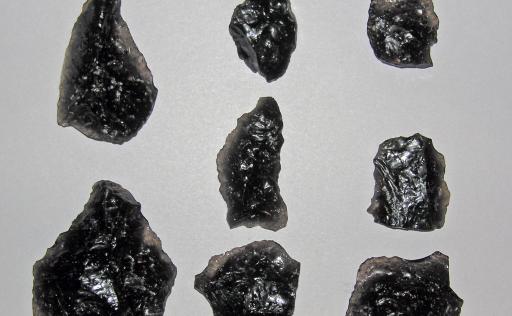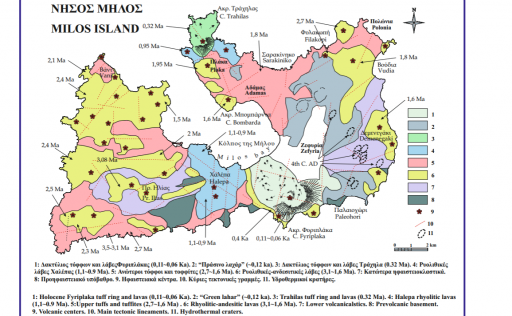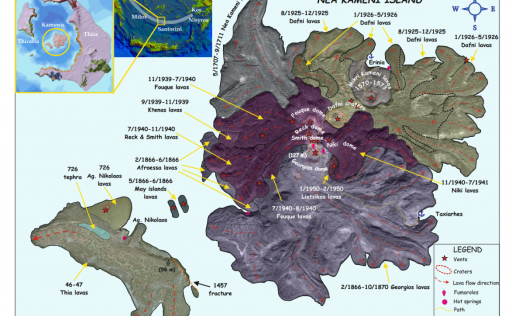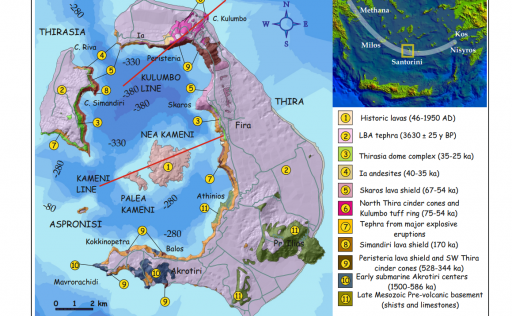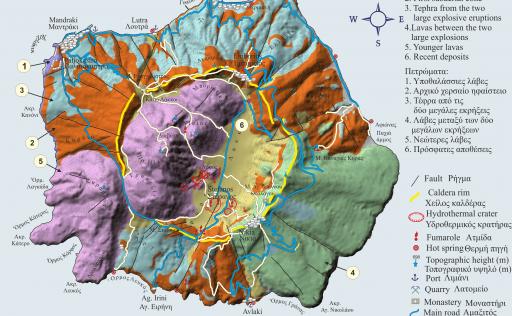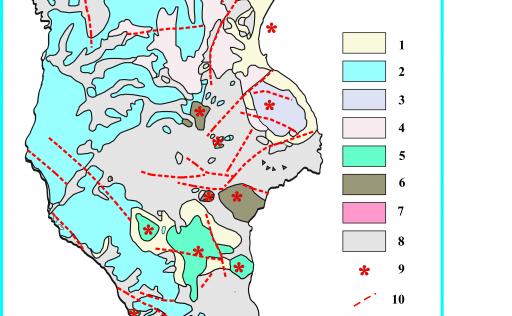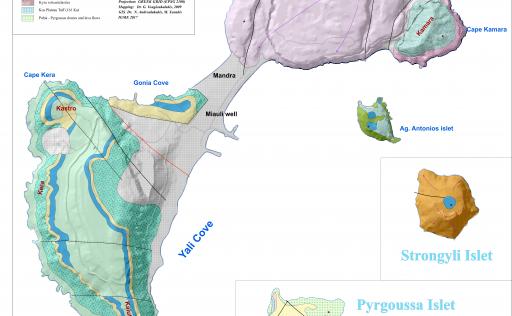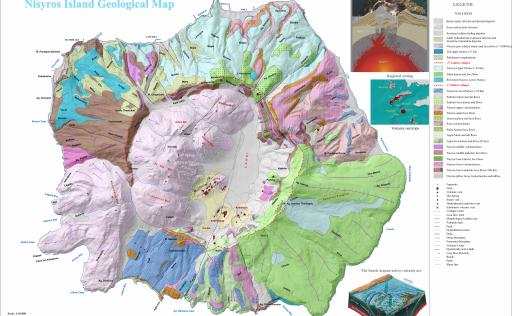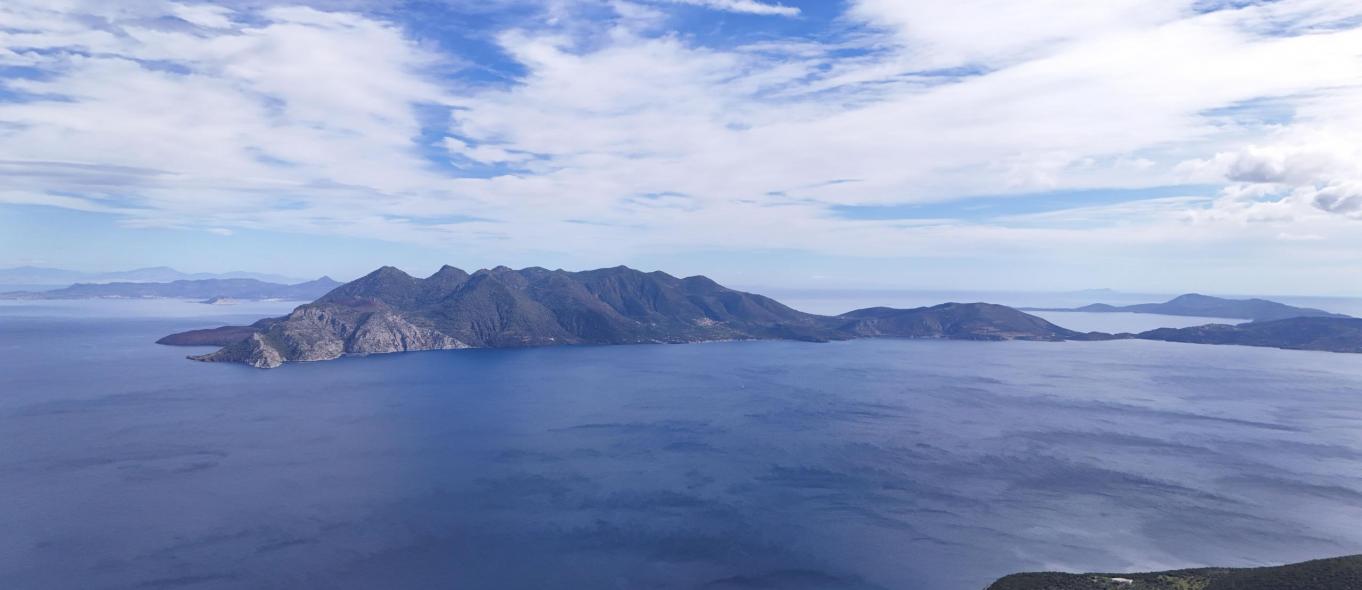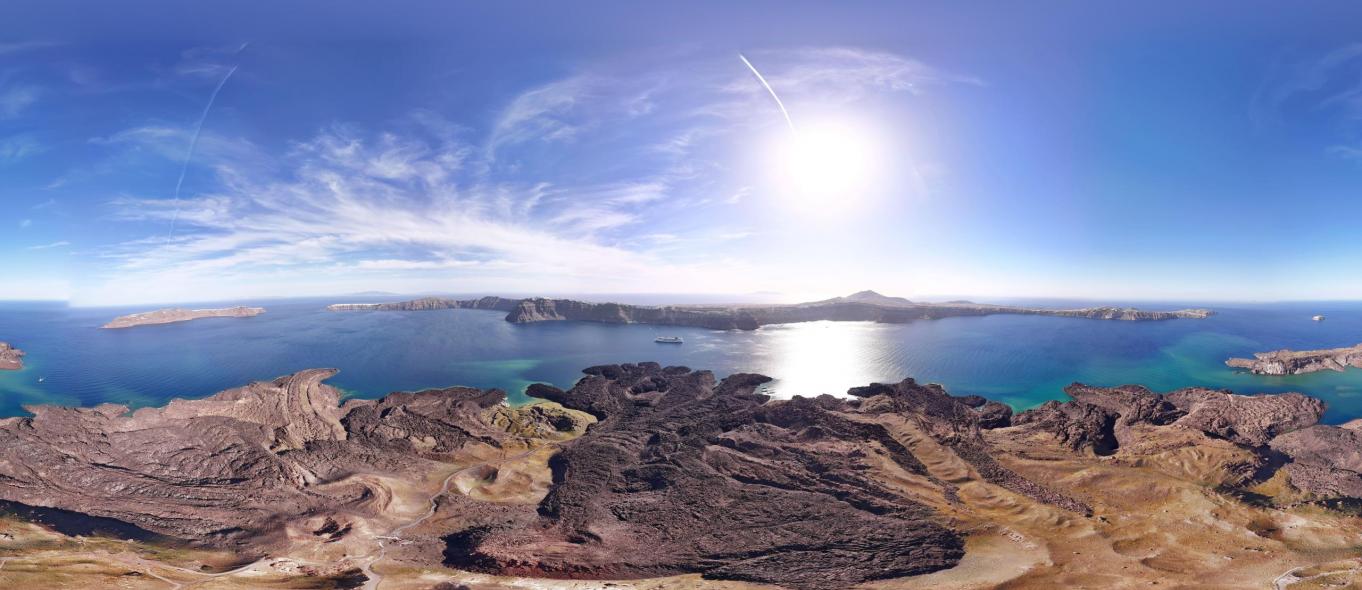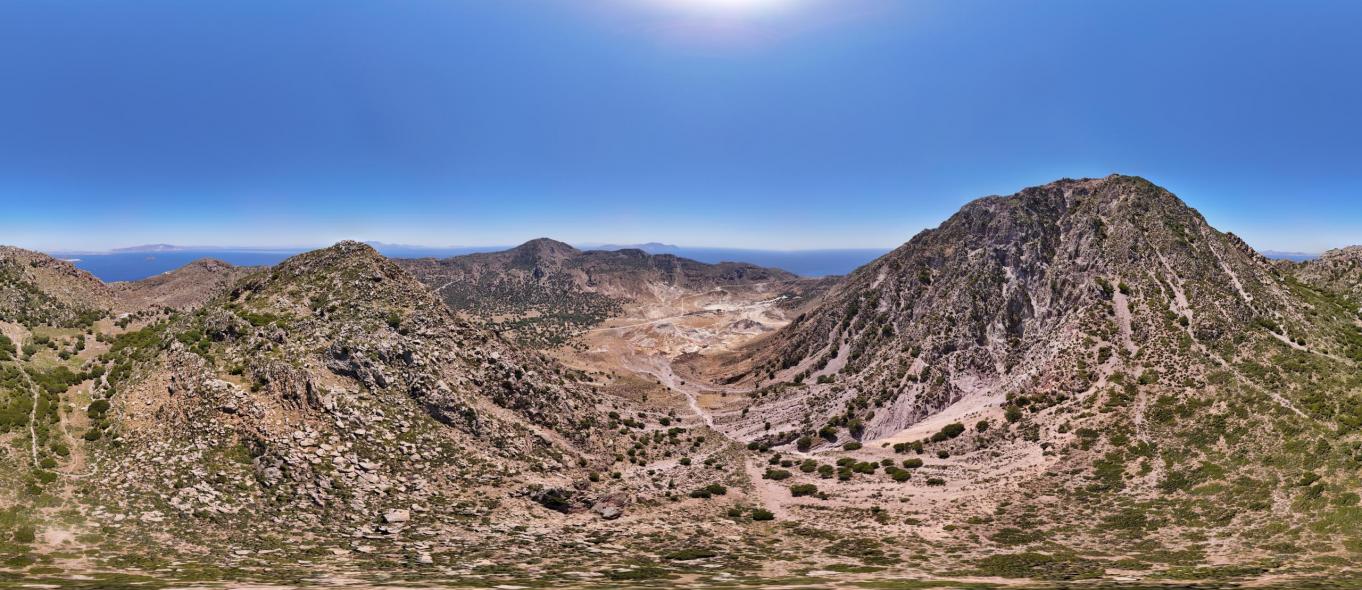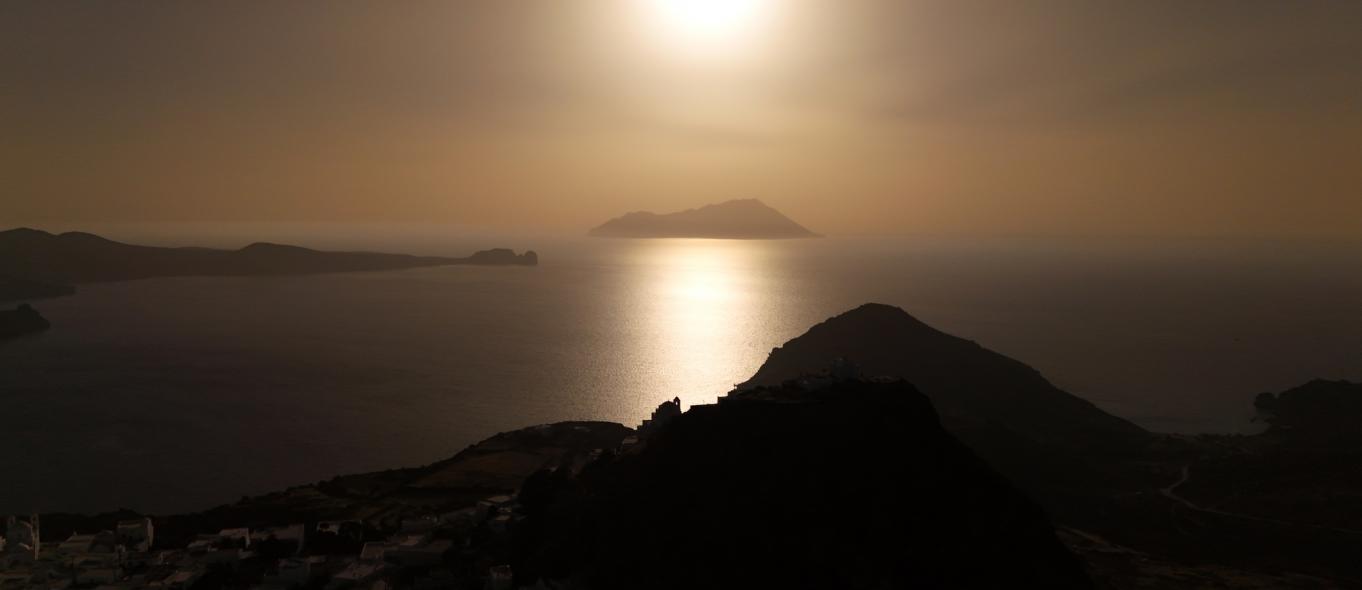
The formation and rise of magma toward the Earth's surface is favored in areas with tectonic disturbances. From the magma chamber, it ascends to the surface through volcanic conduits or feeder veins, leading to the volcanic vent, typically a funnel-shaped cavity known as the crater. During the intervals between volcanic eruptions, the only sign of volcanic activity is the release of fumaroles, that is, hot gases and steam from ground cavities.
Volcanic activity ranges between two extremes: in one type, magma low in gas reaches the surface calmly, flowing out of the vent to create lava flows when it is fluid, or lava domes when it is viscous. In the other type, gas-rich magma fuels
explosions. In this case, fragmented lava is ejected from the vent as ash, which is also known as pyroclastic material; its finest particles are called volcanic dust or ash. Some volcanoes remain active for long periods, such as the Stromboli volcano in the Aeolian Islands, which has been active for the past 3,000–4,000 years.
However, most volcanoes have short-lived episodes lasting from a few days to a few years, after which they become dormant for decades, centuries, or millennia. A dormant volcano may be completely quiet or may emit gases and steam, indicating it is still active. Today, volcanoes that have erupted in the past 10,000 years and are in tectonically active areas are considered active.


